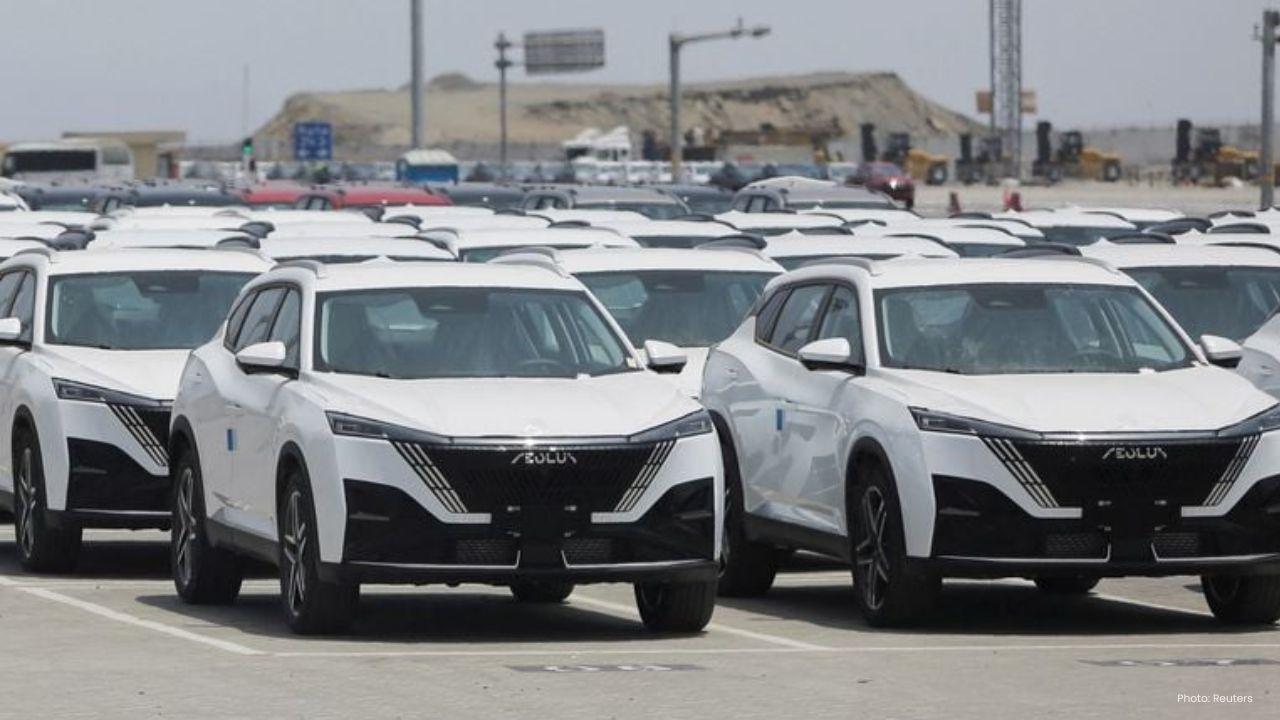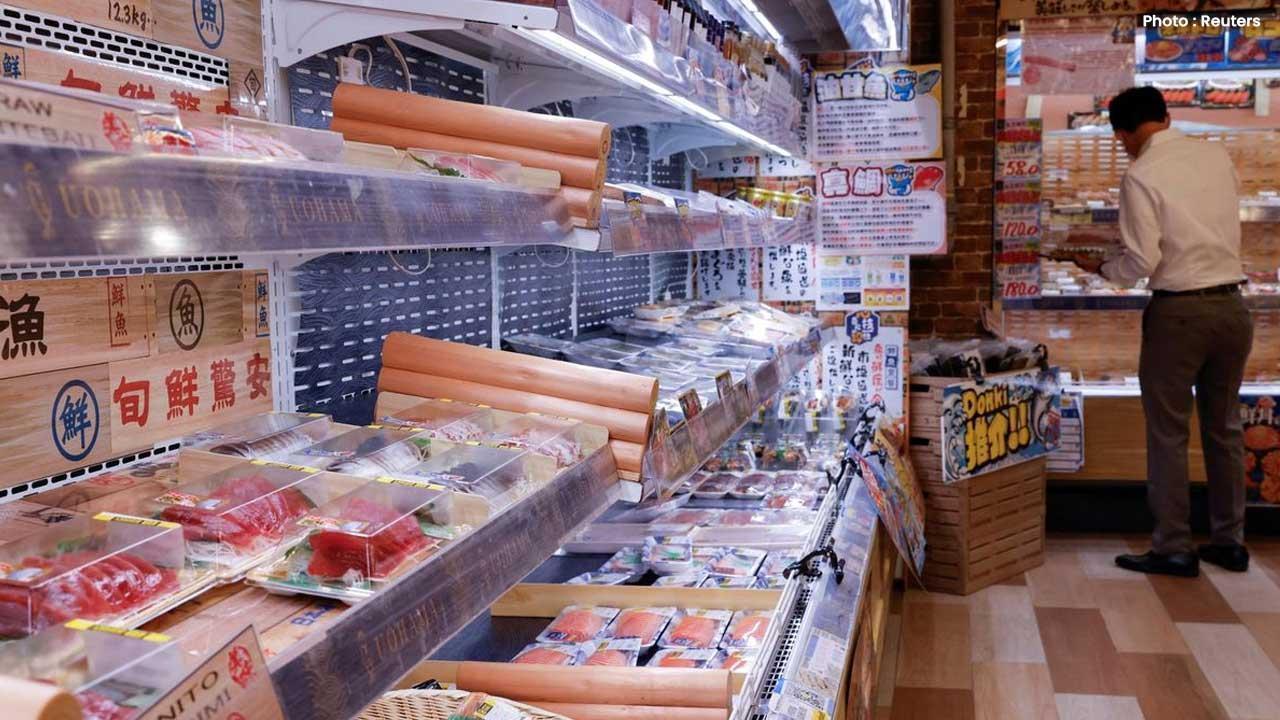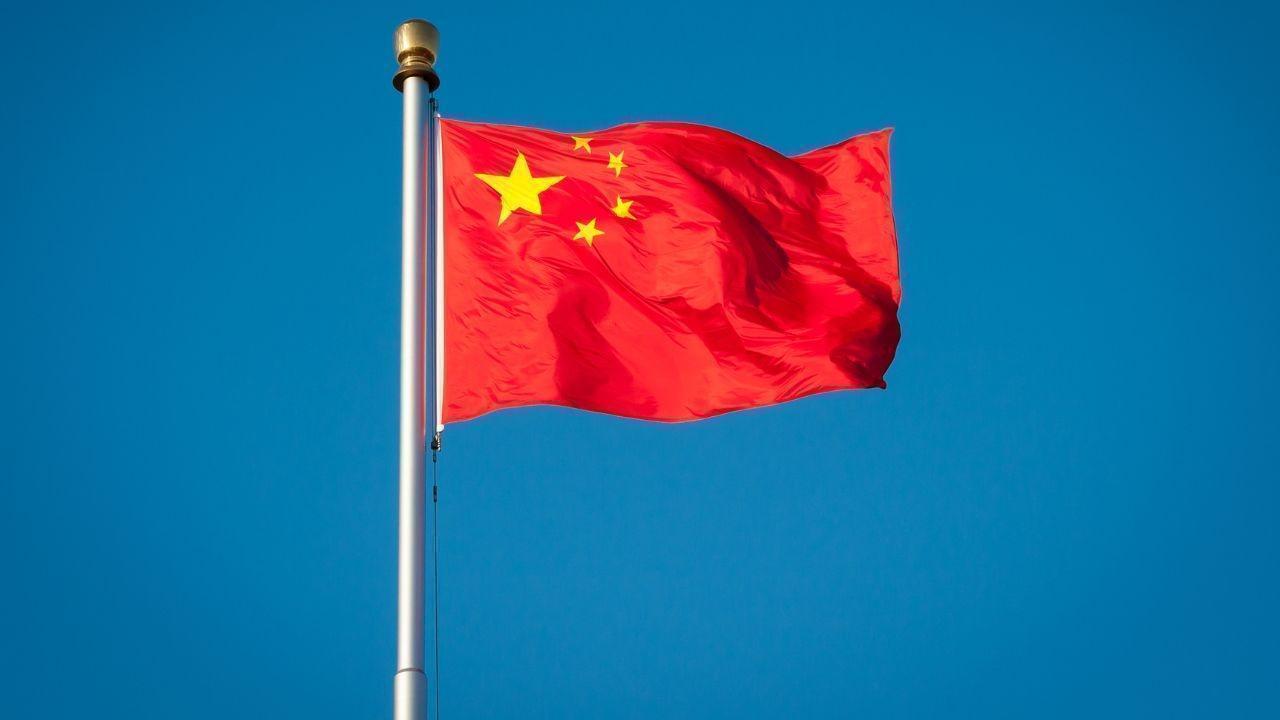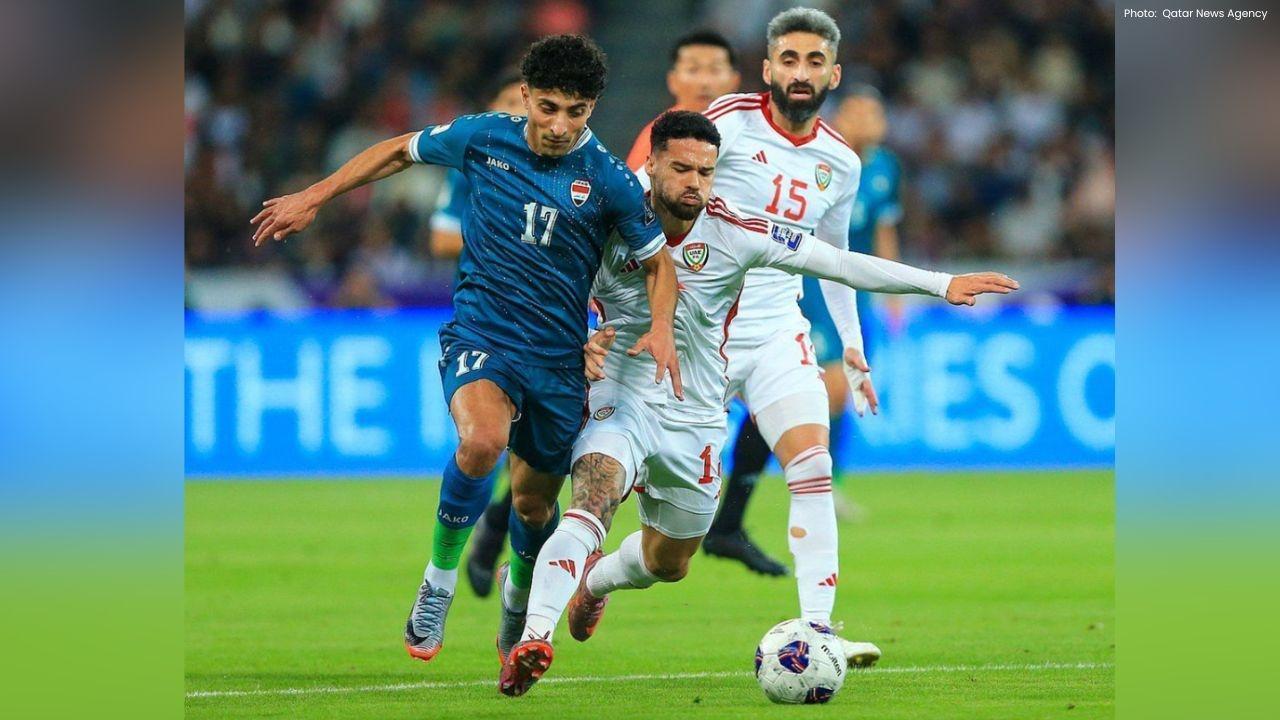
Join 10k+ people to get notified about new posts, news and tips.
Do not worry we don't spam!

Post by : Badri Ariffin
Peru’s early EV adopters once struggled for options, but the landscape has changed dramatically. In 2019, Peruvian green-energy entrepreneur Luis Zwiebach had to fly thousands of miles to test a Tesla—and improvise a “grounding fork” just to charge it. Today, showrooms across Lima are packed with affordable Chinese electric cars, signalling a rapid and visible shift sweeping across South America.
The most remarkable change came after the launch of Peru’s Chinese-built Chancay megaport. With faster trans-Pacific shipping and a surge of new arrivals, Chinese automakers like BYD, Geely, Chery and GWM have gained a firm foothold. Their EVs cost nearly 40% less than premium brands, winning over buyers who previously found electrification out of reach.
EV momentum is building across the region. In Peru, sales of hybrid and electric vehicles hit 7,256 units in nine months—up 44% year on year. Chinese brands are expanding aggressively, with dozens of showrooms and new models arriving monthly. Rows of imported cars now line the docks at Chancay, with each ship carrying up to 1,200 vehicles. Many continue their journey to Chile, Ecuador and Colombia as Peru evolves into a regional distribution hub.
Across South America, the pattern is similar. Chile’s EV market share climbed above 10% this year, Uruguay reached 28% in the third quarter, and Brazil recorded strong numbers alongside massive import volumes. Uruguay, in particular, has seen Chinese brands double their market presence since 2023, with some models starting at just $19,000—far below traditional competitors.
Brazil, the region’s largest auto market, has become a strategic base. Chinese firms are investing in new factories after a temporary window of low EV tariffs. BYD has begun assembling electric vehicles at a former Ford plant, while GWM has launched operations at a repurposed Mercedes-Benz facility. These sites are expected to export within the next two years, strengthening regional supply routes.
Still, challenges remain. South America’s long distances and uneven charging networks create hesitations for potential buyers. Even Zwiebach, now installing chargers and solar systems for clients in Lima and Arequipa, admits that driving the full length of Peru is still complicated. But the shift is well underway. Lower running costs, expanding infrastructure and an influx of competitively priced Chinese models are pushing the region into a new automotive era—one shipload at a time.










Pochettino Stands Firm After USA's Impressive Victory Over Uruguay
The USA triumphs 5-1 against Uruguay. Coach Pochettino defends team pride amidst questions about abs

Curacao Secures Historic First World Cup Qualification
Curacao makes history by qualifying for its first World Cup, showcasing incredible determination and

Parineeti Chopra and Raghav Chaddha Welcome Son Neer
Parineeti Chopra and Raghav Chaddha unveil their baby boy Neer, revealing heartfelt images and the s

Scotland Secures World Cup Spot, With Robertson Remembering Jota
Scotland triumphs over Denmark 4-2, marking their World Cup return, while captain Robertson pays tri

Iraq Advances to 2026 World Cup Play-Off Stage Following 2-1 Victory Over UAE
Iraq triumphed 2-1 against the UAE in Basra, securing their position in the FIFA World Cup 2026 Play

Joe Salisbury Pauses Tennis Career Amid Anxiety Challenges
Joe Salisbury is taking a hiatus from tennis due to severe anxiety, affecting his physical health. H